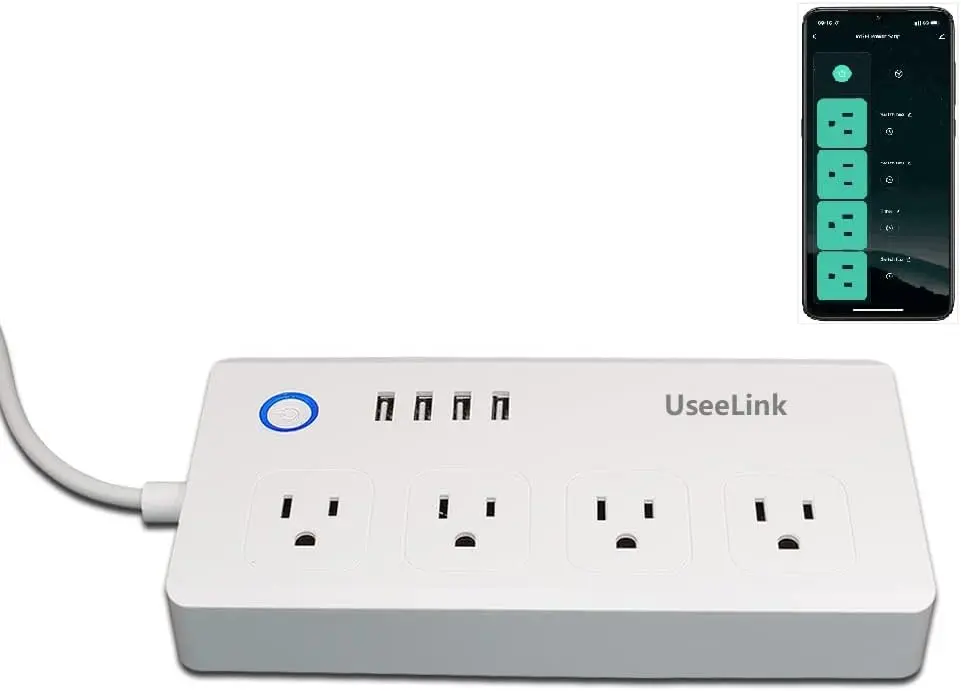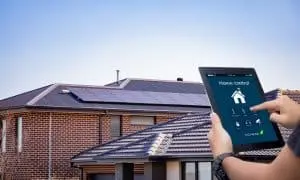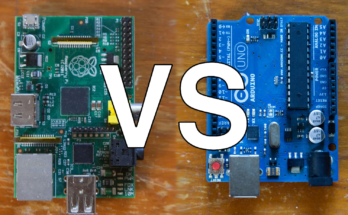Introduction
Are you tired of skyrocketing energy bills? Do you wish your home could be smarter and more energy-efficient? Well, good news, Energy Efficiency, Smart technology is revolutionizing the way we consume energy, making it easier than ever to cut costs and reduce our carbon footprint. From intelligent thermostats to automated lighting, there are plenty of ways to enhance your home’s efficiency without sacrificing comfort. Let’s dive into the best strategies to optimize your home’s energy usage with smart technology.
Why Energy Efficiency Matters
Before we get into the tech, let’s talk about why energy efficiency is crucial. Besides saving money, using energy wisely reduces strain on power grids and decreases harmful emissions. A more energy-efficient home means a more sustainable future for everyone.
Smart Thermostats: The Brain of an Efficient Home

The History of Sports: From Ancient Greece to the Modern Olympics
What is a Smart Thermostat?
A smart thermostat learns your schedule and temperature preferences, adjusting automatically to optimize energy use. Unlike traditional thermostats, these devices use AI and sensors to fine-tune heating and cooling based on real-time data.
Benefits of Smart Thermostats
- Energy Savings: Adjusts temperature based on occupancy and weather conditions.
- Remote Control: Change settings via smartphone apps.
- Learning Capabilities: Adapts to your lifestyle for maximum efficiency.
Top Smart Thermostat Brands
- Nest Learning Thermostat
- Ecobee SmartThermostat
- Honeywell Home T9
Smart Lighting: Illuminating Efficiency

How Does Smart Lighting Work?
Smart bulbs and lighting systems use LED technology combined with Wi-Fi or Bluetooth to provide customizable, energy-saving illumination. They can be programmed, dimmed, or even changed in color through mobile apps.
Advantages of Smart Lighting
- Lower Energy Consumption: LED lights use up to 75% less energy than incandescent bulbs.
- Automation: Schedule lights to turn on/off automatically.
- Voice Control: Compatible with Alexa, Google Assistant, and Siri.
The Impact of AI on Workforce Training in Smart Manufacturing
Smart Power Strips: Eliminating Phantom Power

What is Phantom Power?
Even when devices are turned off, they can still draw electricity. This “phantom power” wastes energy and increases utility bills.
How Smart Power Strips Help
Smart power strips detect when a device is in standby mode and cut off power supply, preventing unnecessary energy consumption.
AI Algorithms for Automating Equipment Calibration Processes
Smart Appliances: Efficiency at Your Fingertips

The Impact of AI on Workforce Training in Smart Manufacturing
Energy-Efficient Smart Appliances
- Smart Refrigerators: Adjust cooling based on usage patterns.
- Smart Washers & Dryers: Optimize water and electricity usage.
- Smart Dishwashers: Delay start based on energy demand to save costs.
Features That Save Energy
- Usage Tracking: Provides insights into energy consumption.
- Eco-Modes: Uses less power during operation.
- Remote Access: Control and monitor appliances from anywhere.
Smart Plugs: Making Any Device Smarter
Smart plugs allow you to turn traditional appliances into smart devices. By plugging a regular device into a smart plug, you can schedule its operation and control it remotely, reducing unnecessary energy use.
Smart Blinds & Shades: Managing Natural Light

How Smart Blinds Work
These blinds adjust automatically based on time of day, temperature, or sunlight levels, helping regulate indoor temperatures naturally.
Benefits
- Improved Insulation: Keeps homes cooler in summer and warmer in winter.
- Automated Convenience: Sync with sunrise/sunset for automatic adjustments.
Smart Water Heaters: Hot Water on Demand
Why Upgrade to a Smart Water Heater?
Traditional water heaters keep water hot all the time, wasting energy. Smart water heaters heat water only when needed, significantly cutting down energy waste.
Smart HVAC Systems: Ultimate Climate Control

The Impact of AI on Workforce Training in Smart Manufacturing
Smart HVAC systems use sensors and AI-driven automation to optimize heating, ventilation, and air conditioning (HVAC). They adjust airflow and temperature dynamically, reducing energy waste.
Home Energy Monitors: Tracking Your Consumption
What is a Home Energy Monitor?
A home energy monitor provides real-time data on your energy usage, helping you identify areas where you can cut back.
Top Home Energy Monitors
- Sense Energy Monitor
- Emporia Vue Smart Home Energy Monitor
- Eyedro Home Energy Monitor
Solar Integration with Smart Technology

Benefits of Smart Solar Panels
- Real-Time Monitoring: Track solar energy production and usage.
- Battery Storage Optimization: Store excess energy for later use.
- Grid Interaction: Sell surplus energy back to the power grid.
Smart Home Automation: The Bigger Picture
How a Smart Home Hub Helps
A smart home hub connects all your devices, enabling seamless automation and voice control for maximum energy savings.
Popular Smart Home Hubs
- Amazon Echo
- Google Nest Hub
- Apple HomeKit
Security and Energy Efficiency: A Perfect Pair
Smart security systems, including motion-sensing lights and automated surveillance cameras, can also contribute to energy savings by reducing unnecessary power consumption.
Future of Smart Energy Efficiency
As technology advances, smart homes will become even more efficient with AI-driven automation, improved battery storage, and smarter grid interactions. The future looks bright for energy-conscious homeowners!
Conclusion
Optimizing your home’s energy efficiency with smart technology is a game-changer. Not only does it save you money, but it also reduces your carbon footprint. By integrating smart thermostats, lighting, appliances, and more, you can transform your living space into a tech-savvy, eco-friendly haven. So why wait? Start making your home smarter today!
FAQs
1. How much money can I save with smart home technology?
Savings vary, but homeowners can cut energy bills by 10-30% with smart thermostats, lighting, and appliances.
2. Are smart home devices difficult to install?
Most smart devices are designed for easy installation, often requiring minimal tools or technical knowledge.
3. Can smart technology work with older homes?
Yes! Many smart devices, like smart plugs and thermostats, are compatible with older homes without major renovations.
4. Do smart devices require a lot of maintenance?
Not really. Most smart devices update automatically and require little maintenance beyond occasional software updates.
5. Is smart home technology secure?
Yes, but it’s essential to use strong passwords, enable two-factor authentication, and keep devices updated to prevent security risks.

